10 harmful chemicals in cosmetics you need to stay away from:
An Illinois based couple recently took to Facebook to speak about the harmful reaction a store-bought ‘non-toxic’ cosmetic brand had on their child. After the couple bought their six-year-old daughter a makeup set from a store, their worst nightmare came true when their daughter ended up with a swollen eye and rashes all over her body. In her Facebook post, the child’s mother wrote that the makeup had six different kinds of chemicals which had caused the allergic reaction.
Thankfully, the child is back home from the hospital and has recovered, however, the incident serves as a warning to users that the cosmetics that we rely on are often loaded with harmful chemicals and toxins which can have adverse effects on our health. While it may be difficult to stay away from all cosmetics, it is advisable to look closely at labels and avoid buying cosmetics that contain the following harmful ingredients:
Parabens: The most widely used preservatives, parabens are added to a number of water-based cosmetics ranging from soaps and creams, to shampoos and sunscreens to prevent the growth of bacteria, fungus and yeast. While some cosmetic companies claim that parabens are safe for use, studies have shown that parabens contain estrogen-mimicking properties which have been linked to increased risk of breast cancer. While reading labels on cosmetics, look out for the following ingredients – methylparaben, propylparaben, ethylparaben, isobutylparaben and butylparaben. Opt for cosmetics which are labelled parabens-free or contain alternate natural preservatives such as phenoxyethanol, essential oils, vitamins and herbs (have a shelf life of a maximum of one year and can be expensive as large quantities of essential oils are required) or sodium benzoate.
Phthalates: A group of chemicals used in a number of products ranging from toys to detergents, wall coverings, food packaging, lubricating oils and medical devices, phthalates are also used in cosmetics such as nail polish (to prevent nails from getting brittle) and hair sprays (to avoid stiffness). Though the effect of phthalates on humans is still under study, they are known to be endocrine disruptors (chemicals which disrupt the function of the hormones), while some studies have linked them to the rise in birth defects of the male reproductive system. Phthalates have also been linked to early puberty among girls, and potentially breast cancer at a later stage in life. Look out for vinyl or PVC on the label.
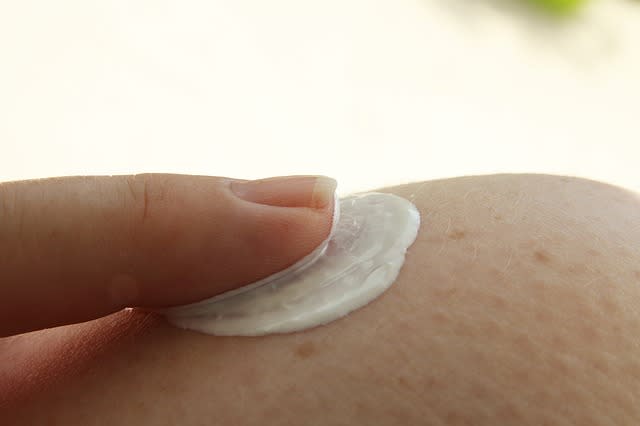
DEA (diethanolamine), MEA (monoethanolamine) and TEA (triethanolamine): These are ammonia compounds which are found mostly in creams, moisturisers and sunscreens to make them creamier and in soaps, cleansers and shampoos to make them soapier. Studies have linked exposure to high amounts of DEA with hormonal disruption, tumours in the liver, and toxicity of the kidney and liver. While buying cosmetics and cleaning liquids, avoid those that contain chemicals such as myristamide DEA, DEA-cetyl phosphate, DEA oleth-3 phosphate, triethanolamine, diethanolamine, cocamide DEA, cocamide MEA, DEA, TEA, lauramide DEA, linoleamide MEA, oleamide DEA, TEA-lauryl sulfate, or stearamide MEA.
Fragrance: While fragrance or parfum on its own may sound harmless, the fact that there is no clarity on the chemicals that are used to make it, is what is worrisome. Around 3,000 chemicals go into the making of fragrance, and these do not have to be listed on the label. Some of these chemicals are also used to mask phthalates and may cause allergies. The chemicals have also been found to trigger asthma, migraines, hormonal changes and reproductive issues. Opt for cosmetics that use natural alternatives such as natural plant fragrances, plant extracts and essential oils, instead.
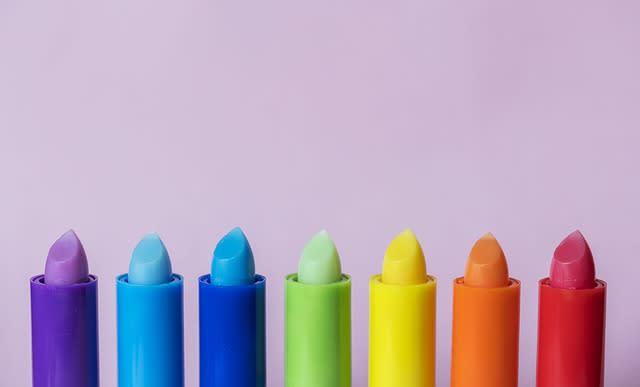
Synthetic colours: Luscious red lipstick, pearly pink nail polish, and blushes in a rainbow of colours. Cosmetics come in a range of beautiful colours and shades which make them even more attractive. However, most manufacturers use synthetic dyes to add colours to them. These synthetic colours are often derived from petroleum and coal tar and may be contaminated with traces of heavy metal and aluminium. Coal tar is known to be carcinogenic and is a skin irritant. Studies have also found that artificial colours may increase hyperactivity in children. You can identify synthetic colours with the codes FD&C or D&C, where F stands for Food and D for drugs and cosmetics.
Triclosan: Primarily used in deodorants, toothpastes, anti-perspirants, hand sanitisers and cleansers, triclosan is an anti-bacterial agent which acts as a preservative. The chemical is known to be a hormone disruptor, affecting the thyroid hormone, and has been linked to bacterial resistance, impaired immune function and increase in allergies. Check for triclosan in the label and opt for natural products containing alternatives. Essential oils such as coconut oil, tea tree oil, thyme oil, lavender oil and peppermint oil are also known to have anti-bacterial properties, and are used as natural substitutes by organic cosmetic manufacturers.
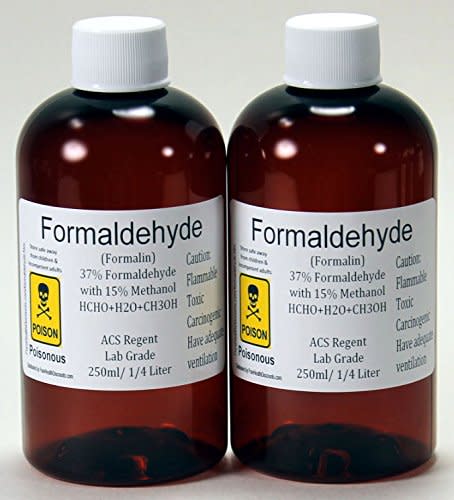
Formaldehyde: The colourless, strong-smelling gas is commonly used in building materials as a germicide and fungicide, in household products and in mortuaries to preserve bodies and organs as an embalming agent. However, formaldehyde is also used in cosmetics such as nail polish, body wash, conditioners, shampoos and cleansers as an anti-bacterial agent. Laboratory studies conducted in the 1980s found that exposure to formaldehyde could cause nasal cancer in rats. The International Agency for Research on Cancer has also classified formaldehyde as a human carcinogenic. Formaldehyde also can cause some individuals to develop allergies and have side effects such as wheezing, skin irritation, coughing and a burning sensation.
Heavy metals: A number of cosmetics such as lipsticks, eyeliners and nail polishes have been found to contain traces of heavy metal such as lead, aluminium, mercury, cadmium and arsenic. While in most cases, cosmetic companies do not intentionally add heavy metals to their products, many colourants used for these products are often contaminated by heavy metals. Lead and other heavy metals are known to cause adverse health issues such as cancer, reproductive problems, organ system toxicity, allergies and immunotoxicity. Look for ingredients such as lead acetate, hydrogenated cottonseed oil and chromium thimerosal in the label.
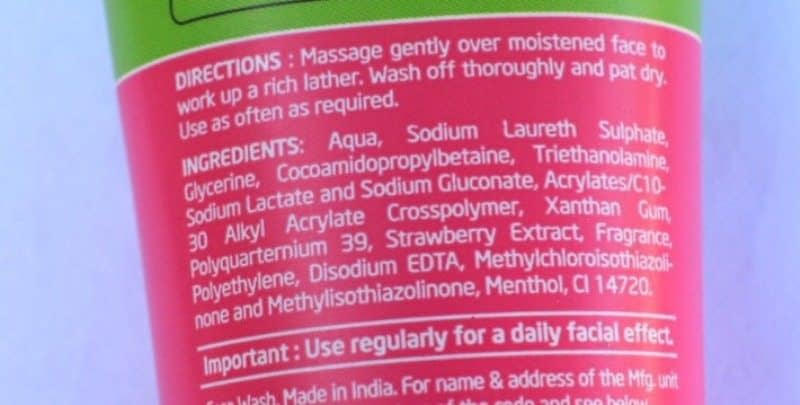
Polyethylene/PEGs: The tiny bead-like substances you see in face washes, scrubs and other skin care products which have exfoliating properties, are actually synthetic chemicals known as polyethylene glycols (PEG). They may be contaminated with ethylene oxide or 1,4-dioxane, both of which are known to be carcinogenic. PEGs are also known to be pollutants as they are not biodegradable and get washed into the seas through the shower drain, thereby affecting marine plant and animal life.
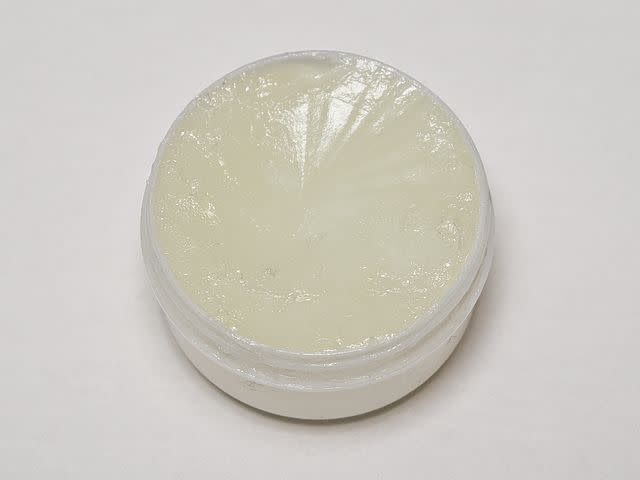
Petroleum jelly: Also found as liquid paraffin, petrolatum or mineral oil jelly in cosmetics such as creams and moisturisers, petroleum jelly is considered to be safe for use as it is. However, it is often found to be contaminated with polycyclic aromatic hydrocarbons (PAHs), which is considered to be carcinogenic in nature. Petroleum jelly is also water repellent, which means that it acts as a barrier on your skin, blocking the pores and sealing in the moisture. Hence, by keeping out moisture and air from your skin, you are actually drying it out in the long run.

 Yahoo Sport
Yahoo Sport 





































